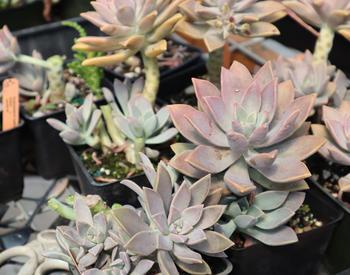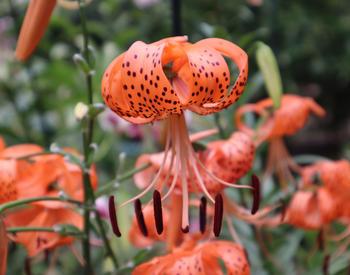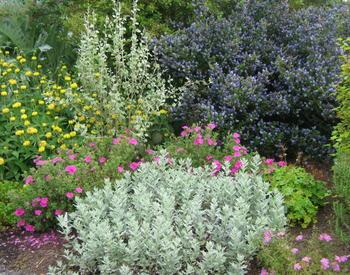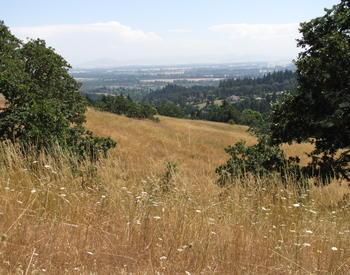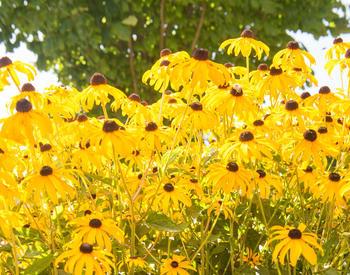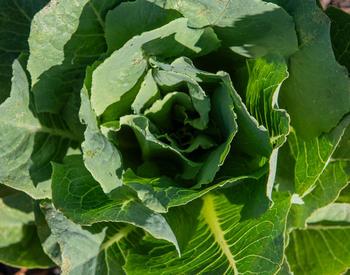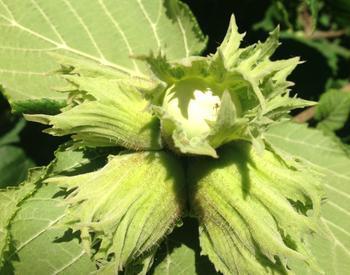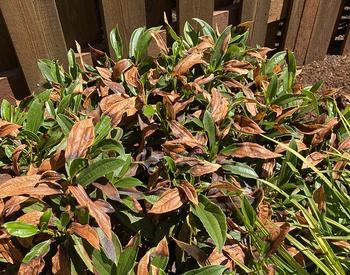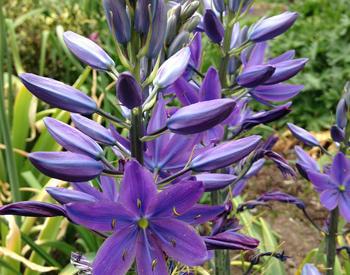Transcript
In this segment, we're going to touch on tools and safety for pruning mature trees. Tom and John, you guys are professionals. Tell us a little bit about this array of tools that you've got ready for today's work.
My name is John Bellen, and I am also a certified arborist and the urban forester for the City of Klamath Falls. Before we get started, it's important to note that we want to be prepared for this beautiful day of pruning that you have ahead of you at your own home. So, things that we must have are some protective shoes or footwear, some cut-resistant gloves, some eye protection, and then something just to keep you cool like water nearby. If you do plan to do some overhead limbing of heavy branches, we recommend some type of head protection to make sure that you don't end up with a headache before you finish the day.
Some of the essentials that we use are just the simple bypass hand pruners. These are the ones that are going to cut up to about a half inch of branch material for you, and you may be familiar with something like this. The bypass pruner is the most important tool that you're going to use. Keep in mind that if you have a set of pruners that kind of just squeeze together, an anvil-style pruner, that's not something you want to use. So, you go in and find the scissor bypass pruner for best results.
From there, there's a variety of hand saws that you can use, from the folding type that pop open like this that are handy for a little bigger jobs. You're probably going to reach for the curved blade saw similar to this. If you have the resources to acquire a straight blade handsaw, this will work even better than the curved blade on dry wood material, making your job easier.
Tom: Hey, those are some smaller saws that John's used. As we get into bigger cuts, you can also get some larger saws. Now we're starting to look at professional arborist tools, and depending on the scope of your work, maybe you don't need to invest in something that's large or expensive. From there, we move on up. We could probably make a four-inch cut with that comfortably as long as it's very sharp. And then we move to chainsaws after that, which I don't have a set with me, but you're going to need some sort of leg protection with these. You're going to need gloves, you're going to need hearing protection, and yeah, you're going to want it to be sharp. This is a nice electric saw that'll make larger cuts. And then if you're trying to work higher branches and you don't want to climb the tree or use ladders, we have these extension tools that we use. Some of these are more professional, some you can buy homeowner versions of for pretty reasonable prices. If you have a fair amount of work that you're going to be doing yourself over the years, you may find it worthwhile to invest in these. So there we have that's a hole saw and here we have a pruner for that also will come in handy depending on how much work you have in your own yard to do.
Great, I think that's it. Thanks, guys. The most important things for that homeowner who's getting started in the landscape are going to be a great pair of pruners and some type of pruning saw, whether it's maybe one of the folding saws or a curved blade saw to get them started. Is that right?
Correct. Great, let's get started. Okay, and then one other thing to throw in as well too with this extendable pole saw we call them, we're really using these to get the things that are just out of our reach and much preferable to a ladder. We hope that you're not going to get up on ladders to do the pruning work on your trees at the higher elevation because the ladder, honestly, is more dangerous than a chainsaw in the wrong hands. So please avoid those whenever possible.
A selection of tools that are needed for proper tree pruning in the landscape. With Oregon State University Extension’s Nicole Sanchez and certified arborists John Bellon and Tom Ford.

